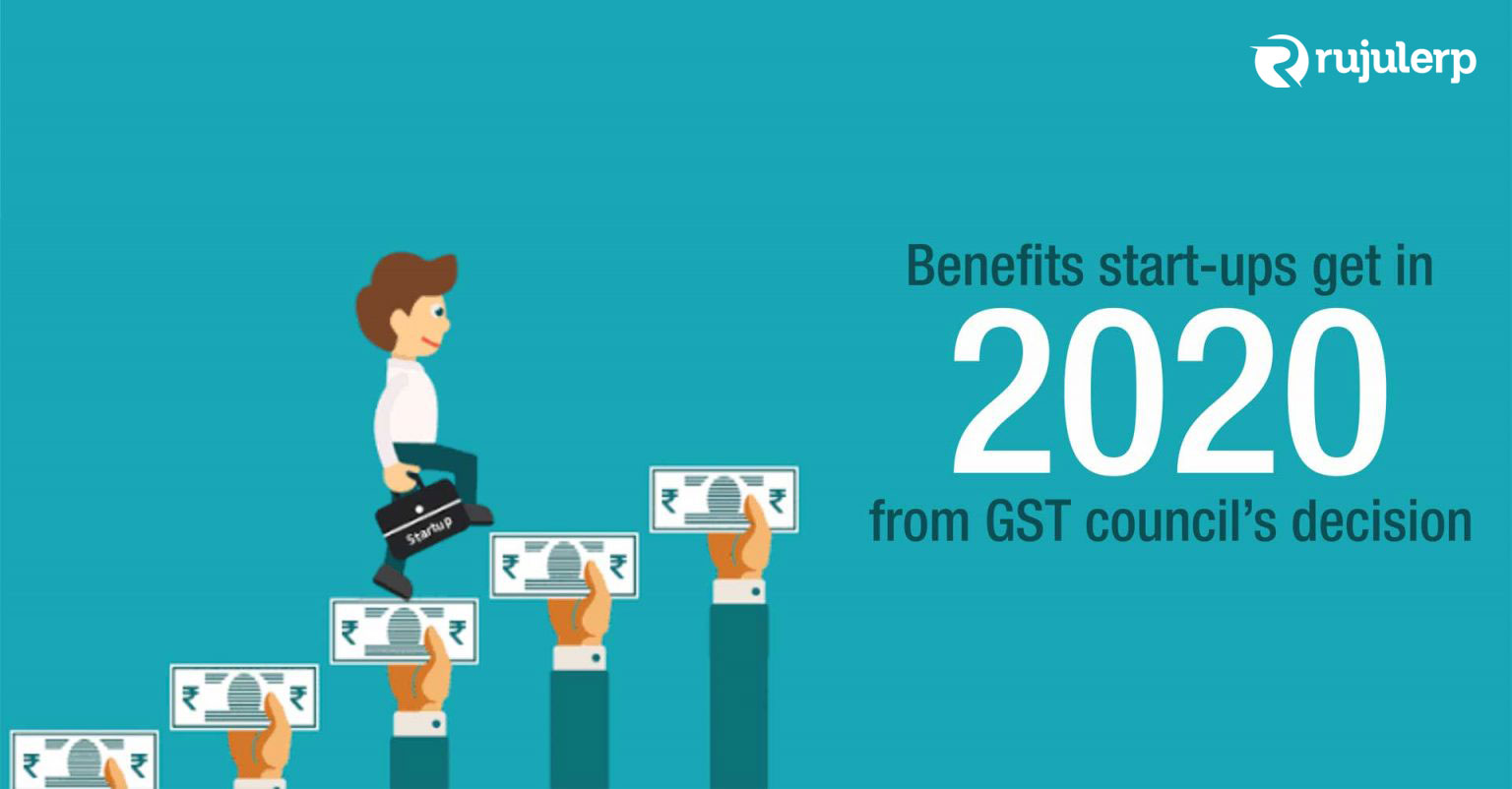The GST council has introduced electronic- invoice or e-invoice for business to business (B2B) transactions. This system is to be implemented in a phased manner from 1st January 2020 on a voluntary basis. This mechanism has made it easy for taxpayers to report invoices to the GST system. The process standardizes the invoice submission process, ensuring the fact that there is no confusion.
Businesses adopting this type of process will ensure that the invoice shared by a seller with their respective buyers or bank or agent or any other player in the market can be validated easily at the same time eliminating data entry errors. This standard was approved in the 37th GST Council meeting held on 20th September 2019. The concept of e-invoicing was introduced to deal with the difficulties businesses face while trying to make GST compliance, return filling and reconciliation.
The process of e-invoicing is simple and secure, especially for small and medium-sized taxpayers. Instead of generating e-invoice from the government’s tax portal, taxpayers can continue to use their own accounting system/ERP. Later submit the same to the e-invoicing server. Also, a few leading accounting and billing software products enlisted by Goods and Service Tax Network (GSTN) can be used that offer basic accounting and billing systems for free to GST registered taxpayers, whose turnover is less than 1.50 Crs.
If startups opt for such a mechanism, they get the following 5 benefits:
- GST returns can be filed seamlessly without confusion or duplications.
- Automatically generates Part – 1 e-Way bill using e-invoice data.
- Speeds up the invoice delivery time.
- Giving away shipping / couriering invoice to the buyer, saving cost and time.
- Can easily comply with GST rules and regulation without any trouble.





